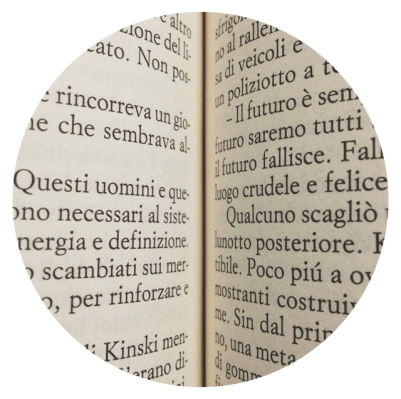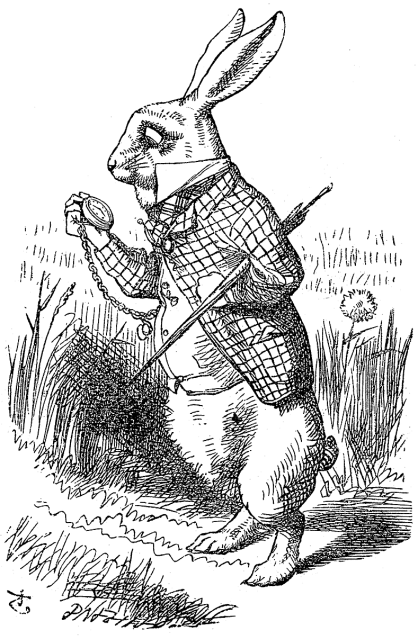A little disconnection goes a long way.
In the tangled web of digital social networks that we weave one thing is increasingly absent: a sense of mystery.
We are so wrapped up in our digital social graphs there’s rarely room for gaps. Our networks offer the promise of being entangled with ever more connections — reaching out to grasp the hands of friends’ friends (and so on to the edge of the digital universe) – reminding us how few degrees of separation there are between citizens of the wired world.
Networks turn strangers into quasi-acquaintances before we’ve ever met them IRL. Based on the digital recreations our networks generate, we may decide we never need to meet such and such a person. A social snub online doesn’t have to involve any socialising at all.
Add in the various knowledge graphs we constantly tap into — Internet search skewed to be social, networked mobile apps & services, the low and high level chatter of our connections as we track and trace their activity online – from what they watch and listen to, to who they talk to, where they go, what they see — and the sum of our networked knowledge starts to feel all seeing, all knowing.
Context is being pushed at us faster than we can escape it. Ignoring the minority of intentionally gated personal data, our digital networks are ripping off the masks of the many, leaving only the Anonymous few fighting for the right to remain unknown. We triage email, triangulate individuals.
Sidestepping the issue of privacy – which is a whole other (highly polarised) debate — where’s the fun in knowing everything before truly knowing anything? More importantly, what happens when we’re not engaging our creative faculties half so much because the mind isn’t being asked to fill in all those blanks? The ellipses are being overwritten.
It’s no longer about making mental leaps to join dots. The challenge now is about piecing together the endless jumble of data that’s being pushed at us. Instead of dreamers, we’re policemen sifting through a bottomless box of evidence.
Of course it’s churlish to complain about the interconnectedness afforded by networks and digital devices. Go back a handful of generations and the entire plot of a novel could hinge on whether someone received a paper letter slipped under a door at the right moment in time. That plot is no longer possible for those of us who have chosen to be wired in.
We don’t have to wait to get news. We’re unlikely to miss a message once it’s fired at us from the myriad channels now open for communication unless we’re deliberately trying to. Our problem is filtering the signals we’re receiving. Tuning out the noise so we can hear the stuff that’s relevant, important, valuable.
That’s the quotidian challenge. The philosophical and emotional challenge is that we’ve replaced life’s little mysteries with a barrage of sound and fury. That may not sound very important – and perhaps it’s not. But in my view it does leave a gap that developers could think about tapping into.
What’s mystery for? It fires the imagination, as well as working our logical, critical, analytical faculties (which are still getting a good workout online). If boredom is good for creativity – and there’s been lots written on the need to give the mind downtime to come up with great ideas — it follows that mystery oils the wheels of imagination.
An app I wrote about in March does just this: Rando is an anti-social photo sharing app. You take a photo and share it to a random stranger. It doesn’t tell you who gets it. In return you get a photo back – shared by another random stranger, with nothing to tell you who sent it beyond a general location which is revealed when you tap on the photo to turn it over. There are no social networking tie-ins. You can’t post the photo straight to Facebook or Twitter. It’s deliberately disconnected.
Rando offers little glimpses into other worlds. Stripped of almost all their context, they are fascinatingly rich, replete with mystery – in a way that the photos your friends post to Facebook can never be. That’s not to say those photos don’t have any value or aren’t important — they do, and they are. But they just engage a different part of our minds.
In the same way that falling without distraction into a good book entices the mind’s creative faculties – really invites us to fall down our own mental rabbit hole like Alice tumbling into Wonderland — Rando’s randomness is a pocket-lighter for the imagination.
I find myself continually firing it up, just to see what it sparks. And looking back through the photos I’ve received, trying to imagine a context for them, trying to figure out who sent that image, and why, and what they were trying to say.
The creativity flows both ways too. Creating a photo to send in this app means gifting a small piece of your world to a stranger. And when you start to see your world through the eyes of an unknown person, you see details afresh. Find mystery in dusty, overlooked corners. Kindle things and thoughts laid dormant.
A little disconnection goes a long way. Think on it.
[Original Alice in Wonderland illustration by John Tenniel, now in the public domain]

